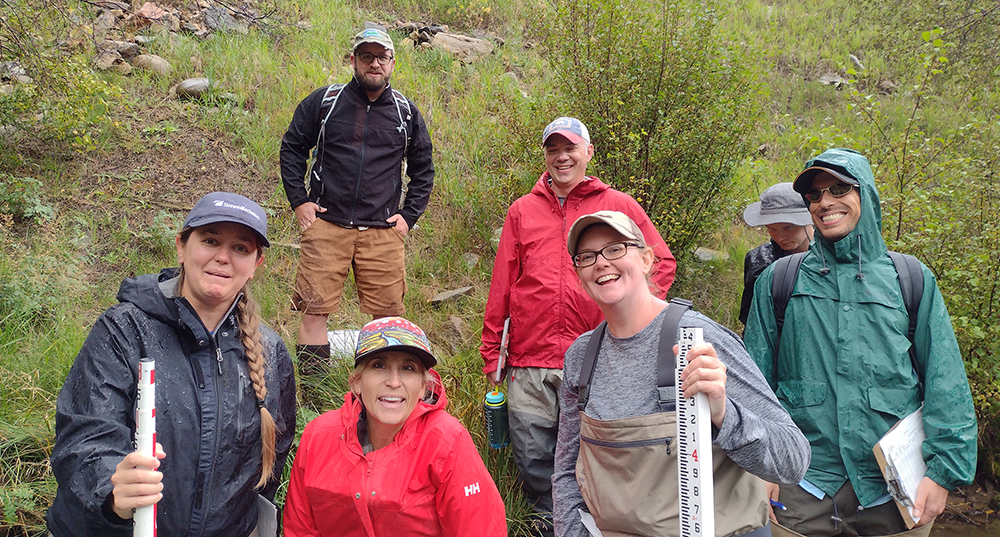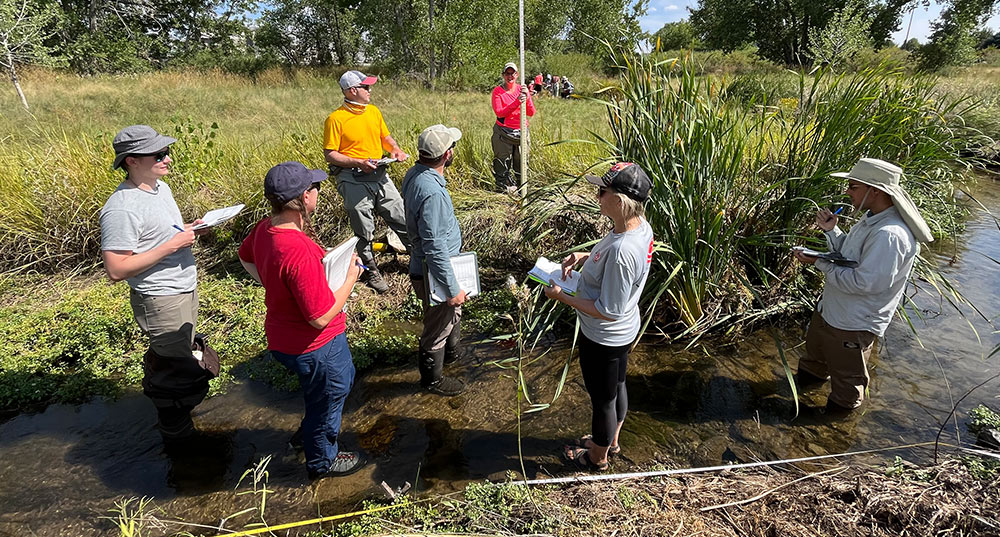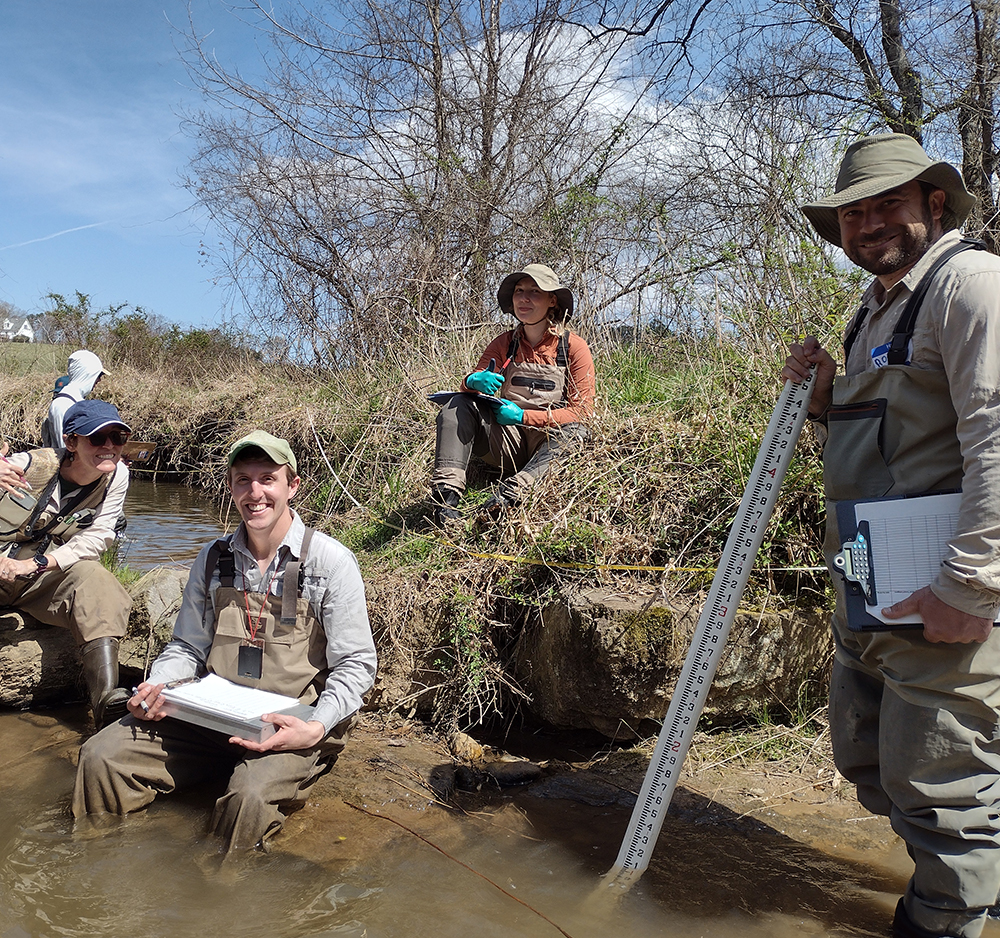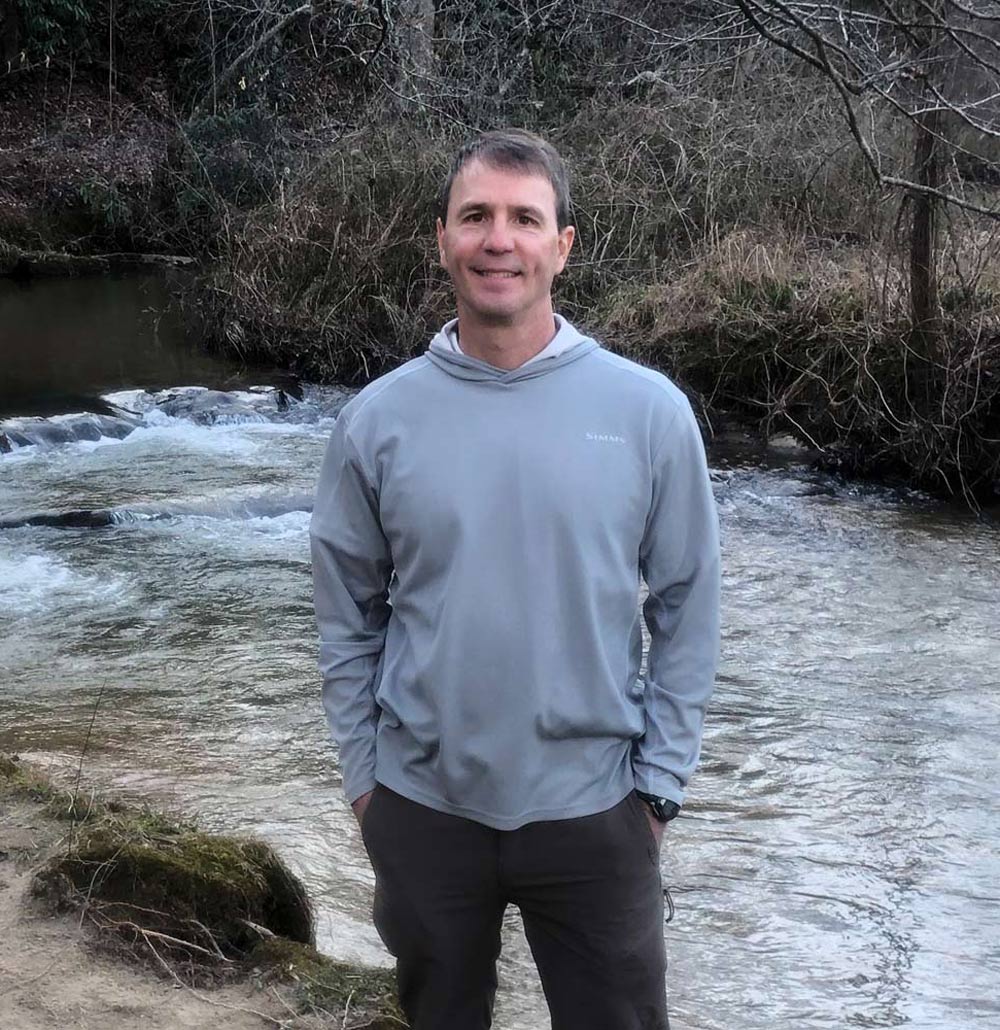
Stream Functions Pyramid and Quantification Tool Workshop
January 28 – 31, 2025.
Online Workshop.
This course is for individuals involved in stream assessment and restoration/mitigation projects and provides a framework for assessing stream functions.

Stream Quantification Tool Field Camp
Nothing Scheduled
At This Time
This course is for individuals who have taken the Stream Functions Pyramid Workshop and want further training on how to collect and enter field data into the Stream Quantification Tool (SQT).

Natural Channel Design Review Checklist Workshop
Nothing Scheduled
At This Time
This workshop provides participants with training on how to use the Natural Channel Design Review Checklist that was published by the U.S. Environmental Protection Agency (EPA)

We offer highly interactive off-the-shelf workshops to stream assessment and restoration practitioners and managers
We offer a variety of workshops focused on stream assessment, restoration, and compensatory mitigation. The workshops are targeted to federal, state, and local agencies who review stream restoration projects; as well as, practitioners who do stream assessment and restoration projects. Our workshops meet federal off-the-shelf requirements for agencies looking to procure a workshop for their region. We offer hybrid courses where an agency funds a portion of the course and the remaining participants enroll through the Stream Mechanics’ website.
We offer in-person workshops that include a mix of classroom and field exercises, online workshops, and field camps. The field camps are almost exclusively in the field (very few classroom presentations), and therefore require a prerequisite.
Lead Instructor
Will Harman, PG is the founder of Stream Mechanics and lead instructor for most workshops. Will has been teaching for over 30 years.
He started his career with the NC Cooperative Extension Service, working as the state’s first Natural Resources Extension Agent. Part of his job was to teach agency staff, citizens, and school students about surface water, ground water and air quality processes and management. Later, Will transferred to NC State University where he co-founded the NC Stream Restoration Institute (now Stream Restoration Program) and co-developed a series of workshops called River Courses.
After leaving the university, Will focused on stream restoration design and implementation, but continued to teach by partnering with federal agencies like the U.S. Environmental Protection Agency and U.S. Fish and Wildlife Service. With Stream Mechanics, Will now spends most of his time teaching, but continues to be active in applied research and design projects that have a demonstration or research component.
For more information and Will’s CV, visit our About page.

